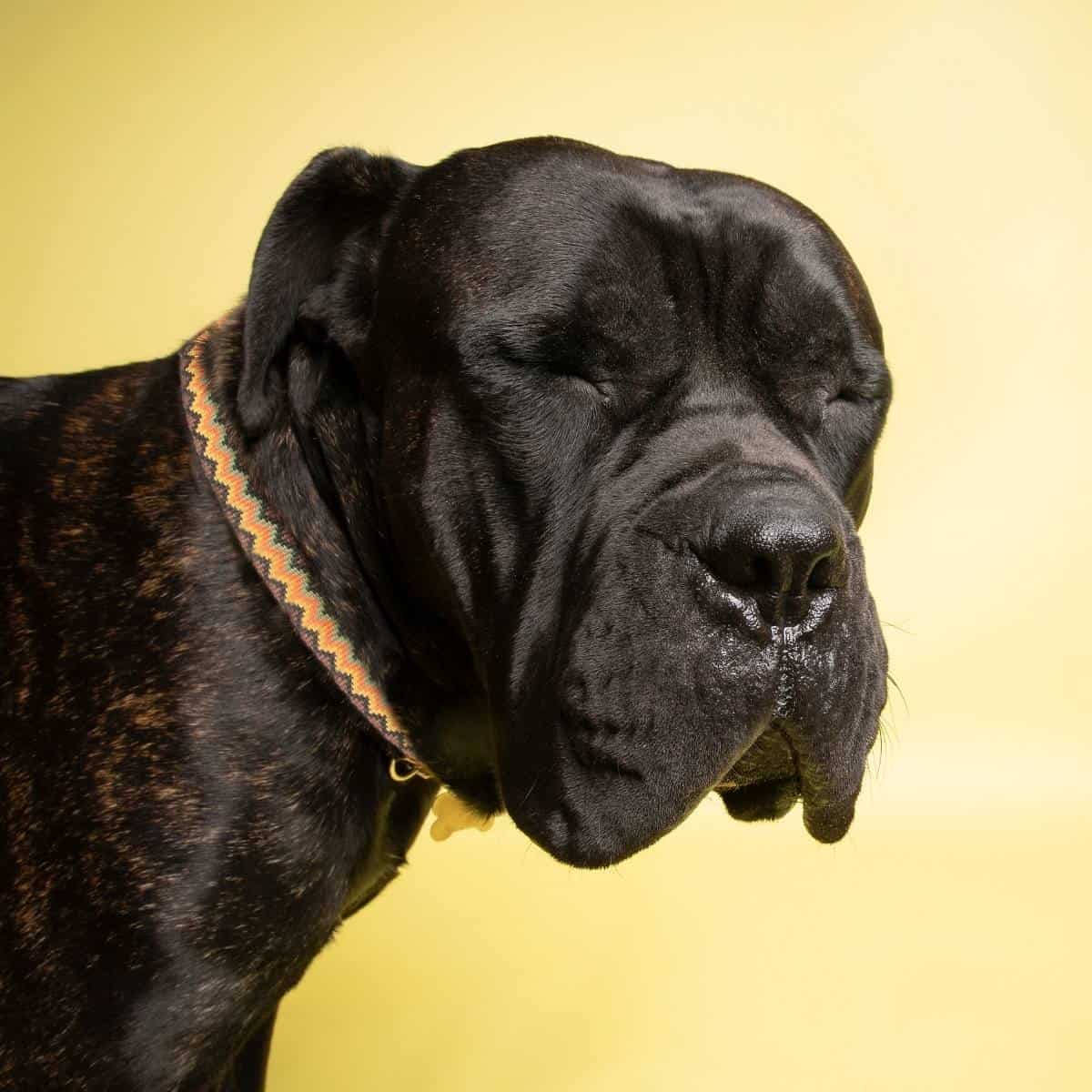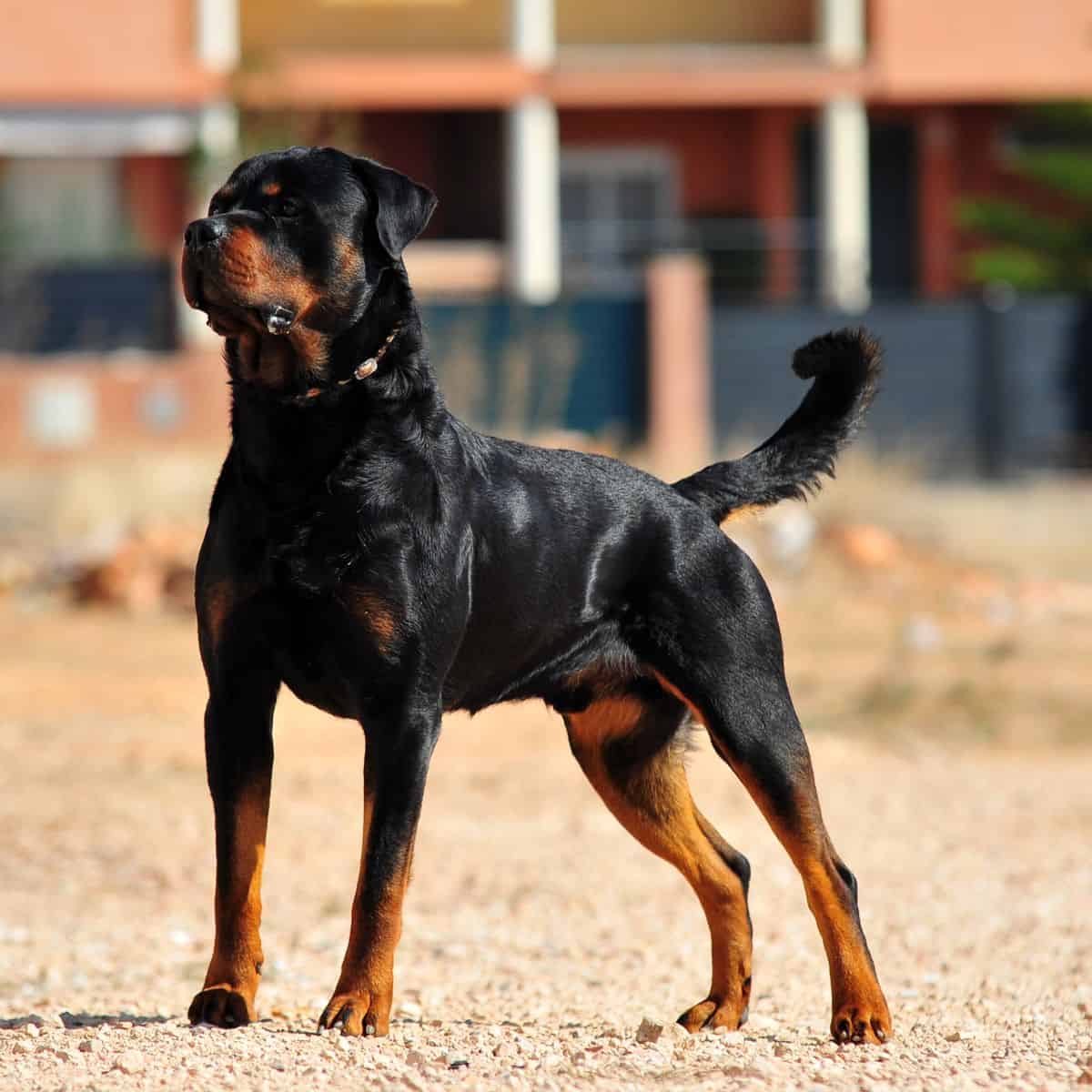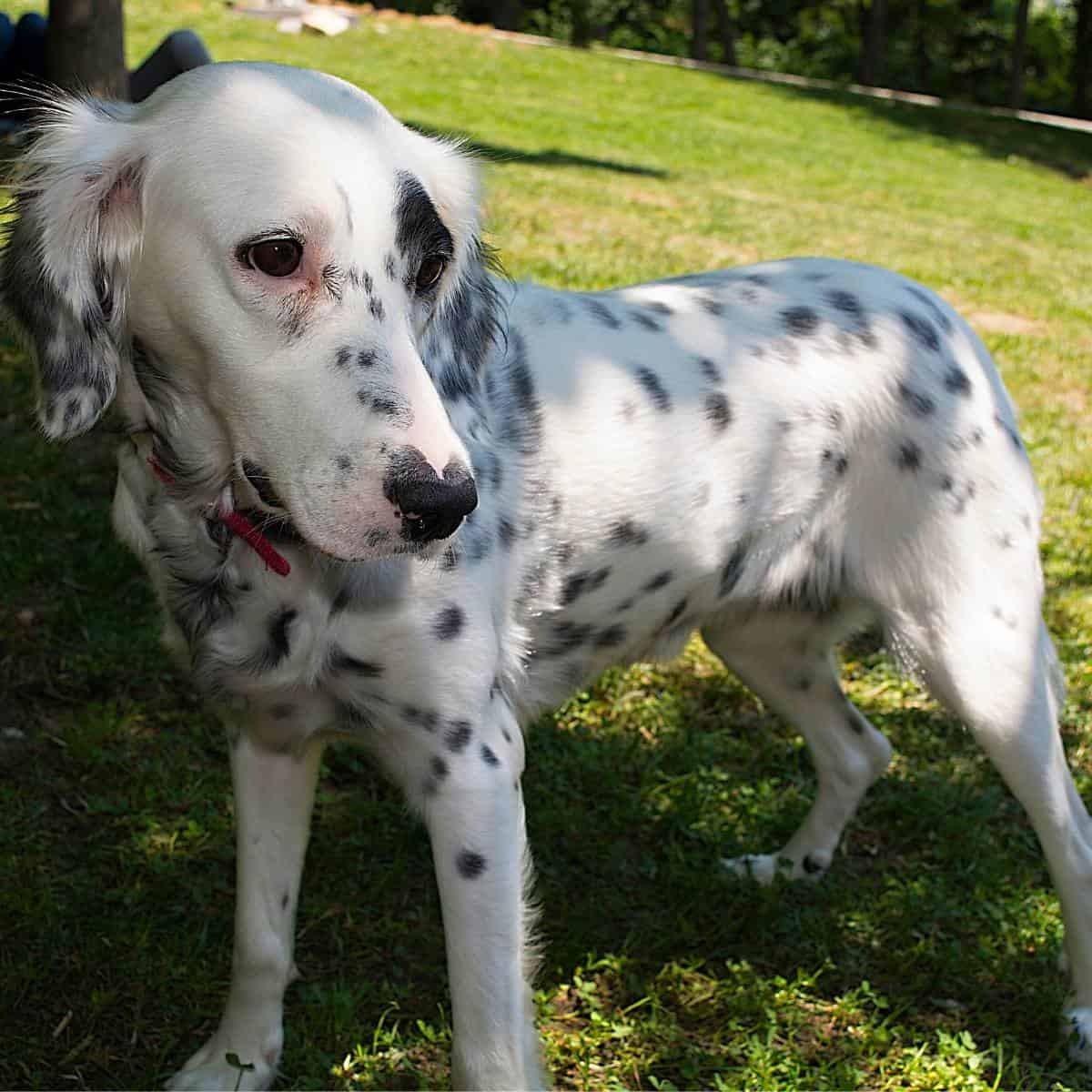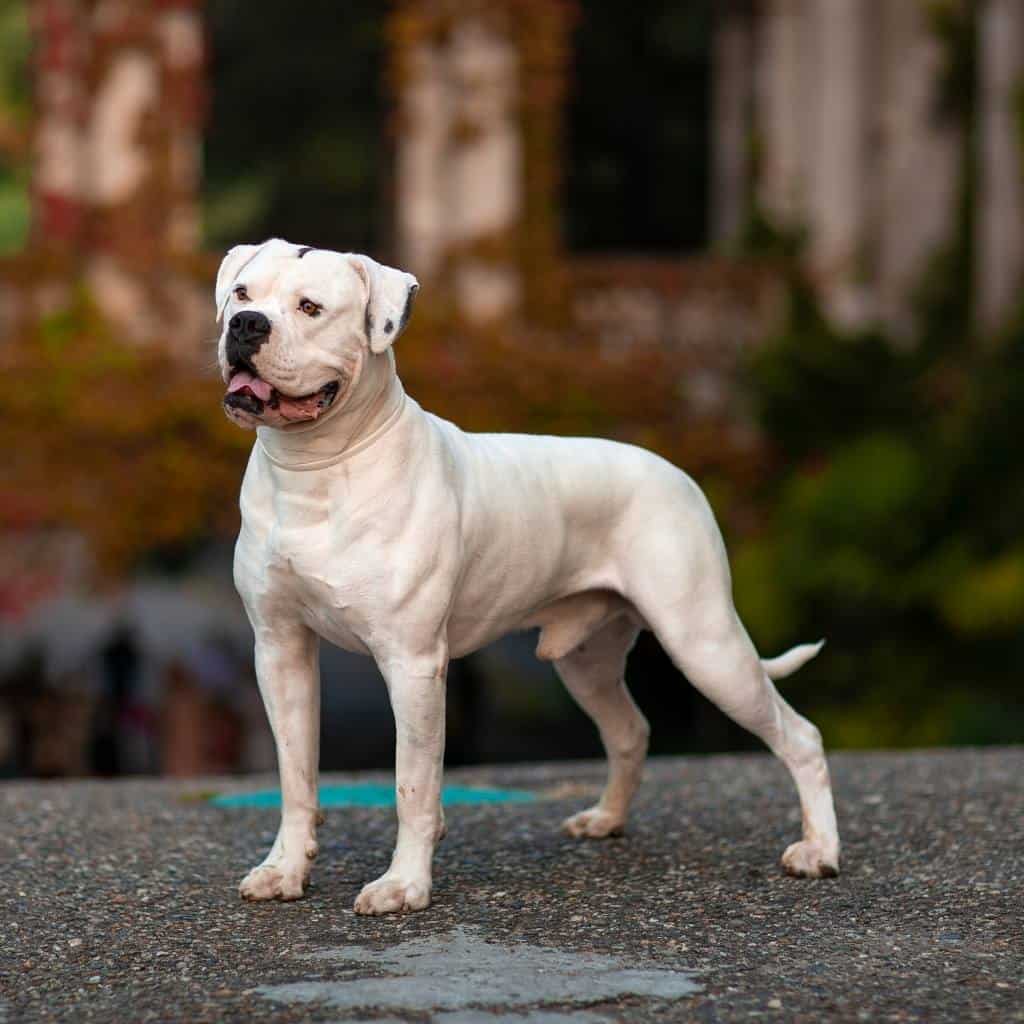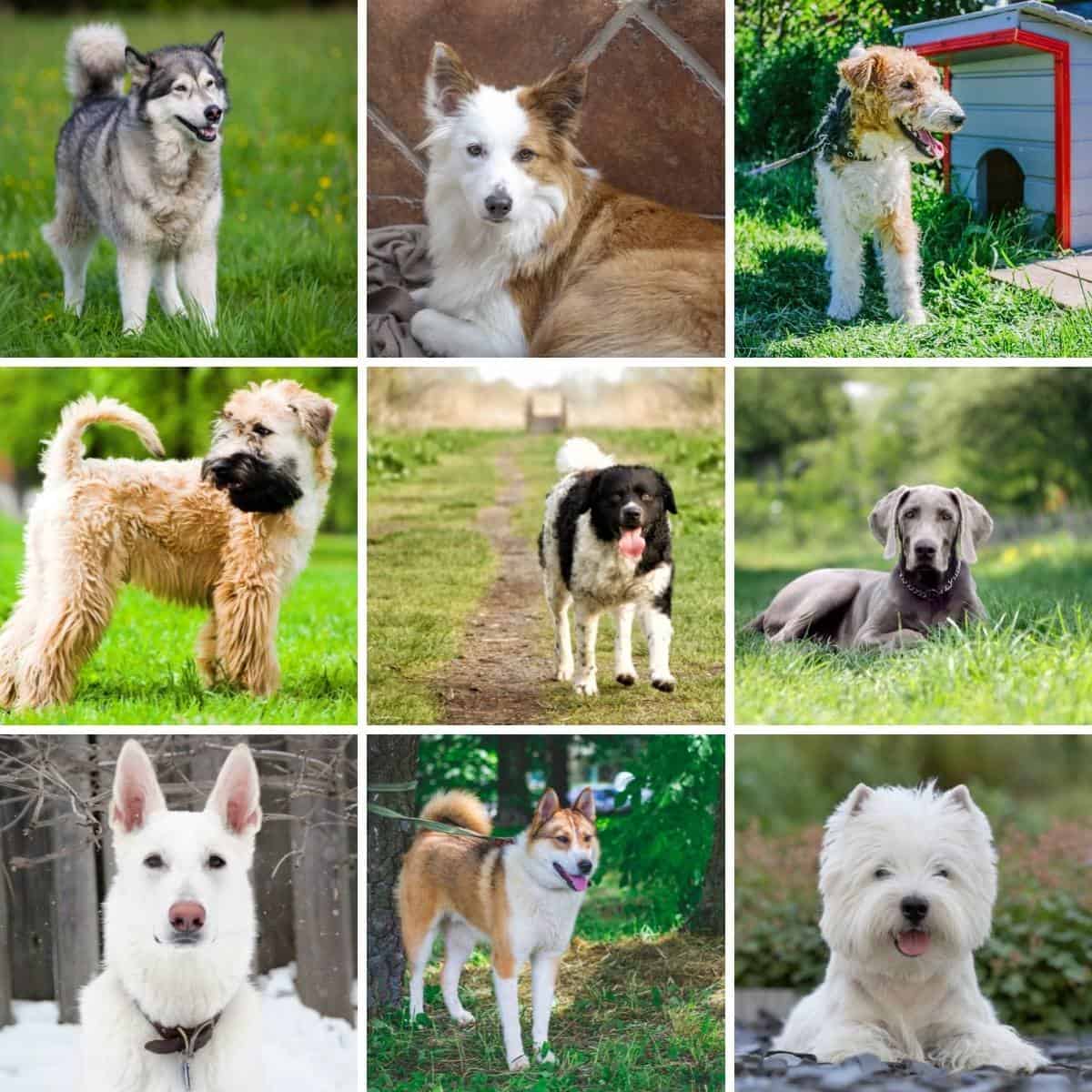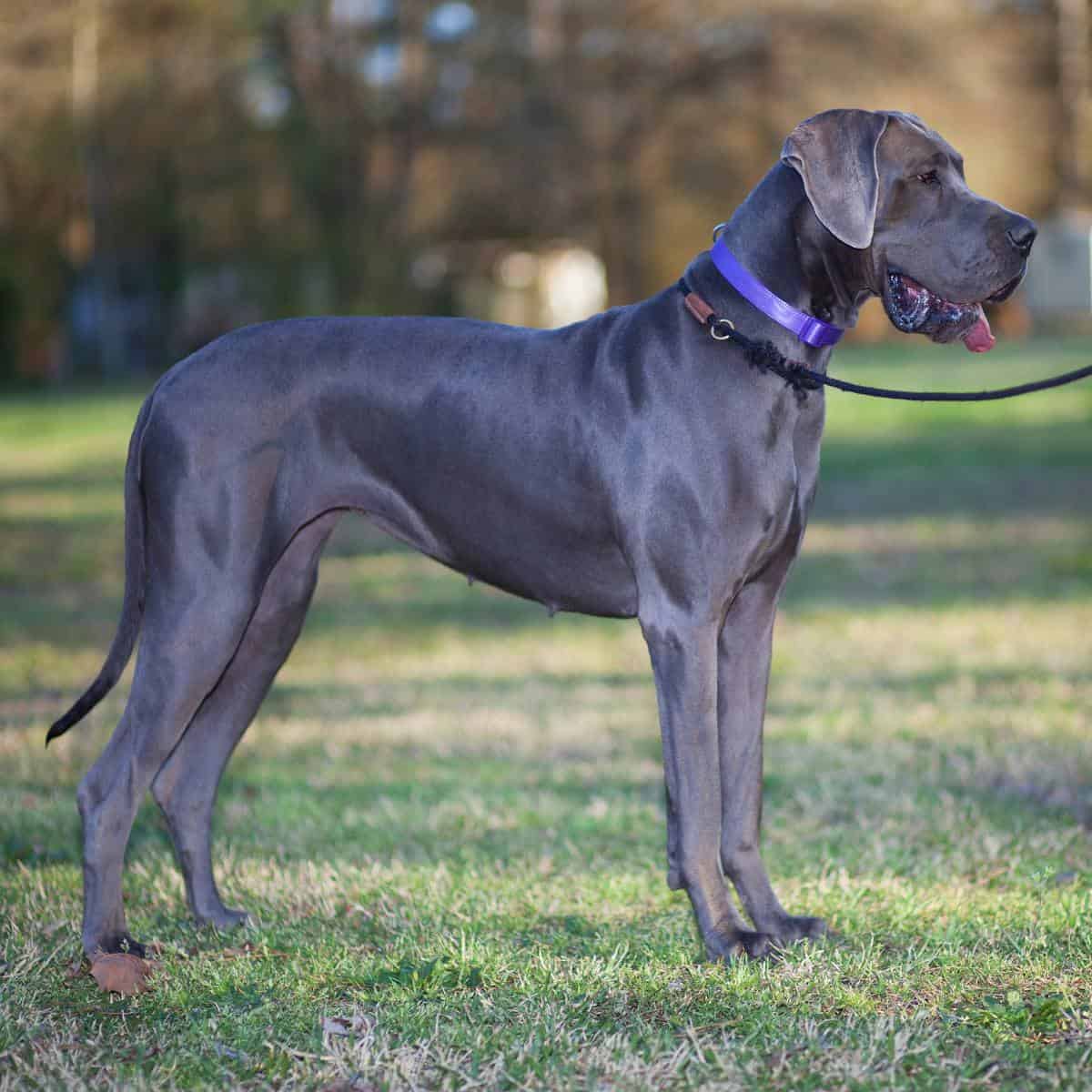The Top 11 Coyote Decoy Dogs to Take Hunting (with pictures)
Like any hunting dog, a coyote decoy dog is a highly trained and passionate dog meant to act as both a partner and a tool when hunting coyotes. Some hunting dogs flush out camouflaged game like waterfowl to give the hunter a chance to shoot, while others simply retrieve the game. Coyote decoy dogs are trained to help a little bit differently. Keep reading to learn more about coyote decoy dogs and some of the best breeds for coyote hunting!
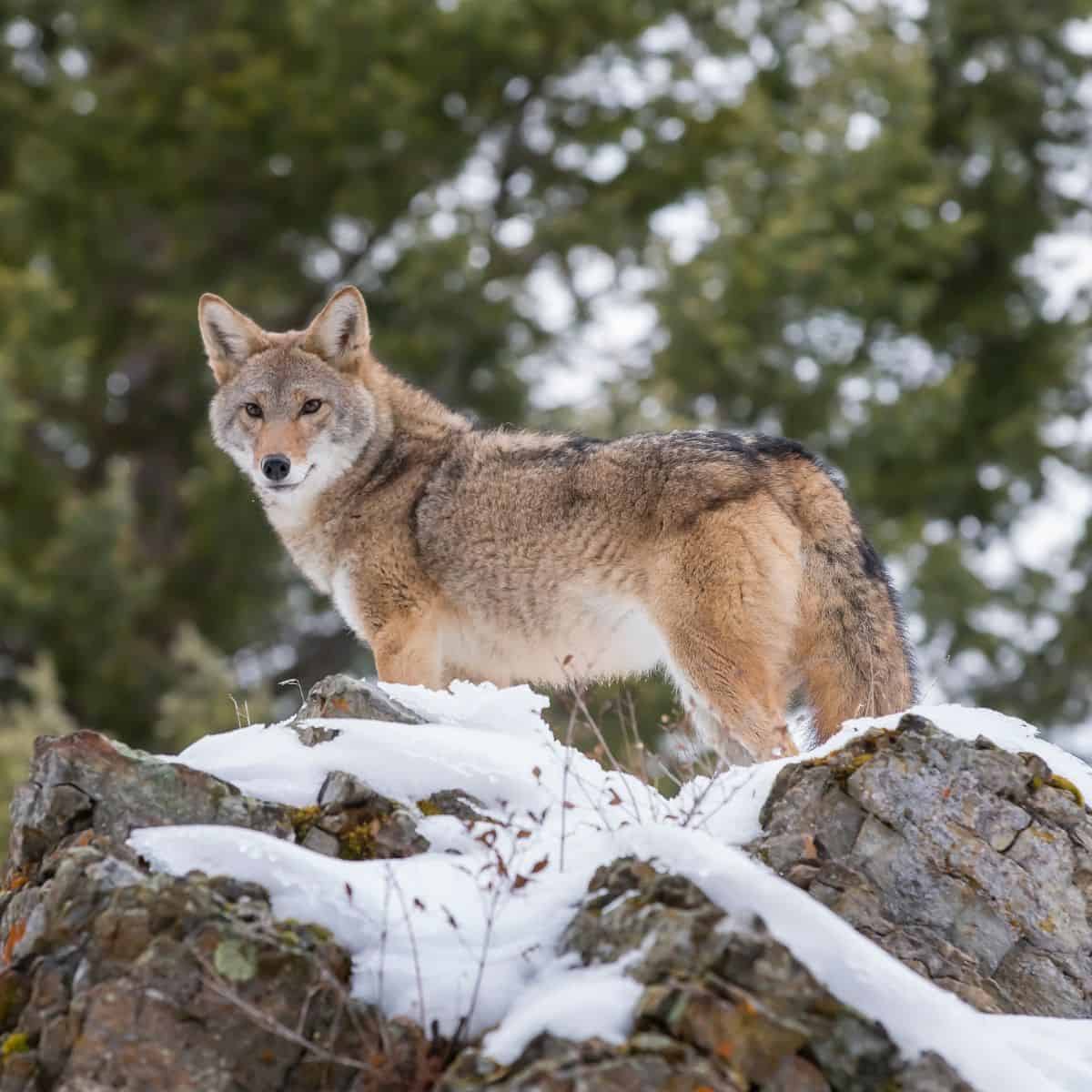
What Is a Coyote Decoy Dog?
In essence, a coyote decoy dog is a dog that is used as a tool by hunters to have a more successful hunt when hunting for coyotes. Coyotes are considered pests in many parts of the world and have even begun to move into more urban settings as food and resources continue to grow more scarce. This scarcity of resources can be problematic as the hungrier coyotes get, the more aggressive they get and the closer they are willing to get to humans. Coyotes can easily hurt small pets, farm animals, and even people if they are motivated enough. They cause problems for farmers and ranchers alike.
A true coyote decoy dog is meant to distract the coyotes and draw attention away from the location or hiding spot of the hunter. This job is important since, if coyotes know a person is present, they will be very cautious and not get close enough for the hunter to take action.
Sometimes also mistakenly called coyote decoy dogs, but very similar in purpose are coyote tolling dogs. A coyote tolling dog is one that finds coyotes and initiates the coyotes to chase the dog back toward where the hunter is (to get them in an easy shooting range). Most dogs used for hunting coyotes can perform both tasks. It’s more of a style preference for the hunter.
The best decoy dog is any dog that is eager to chase but also sensible enough to know when to stop and still able to listen to and follow commands.
During hunts, coyote hunters typically strap their dogs with GPS collars so they always know where they are. Even the best dogs can get distracted or lost.
Coyote Decoy Dog Breeds
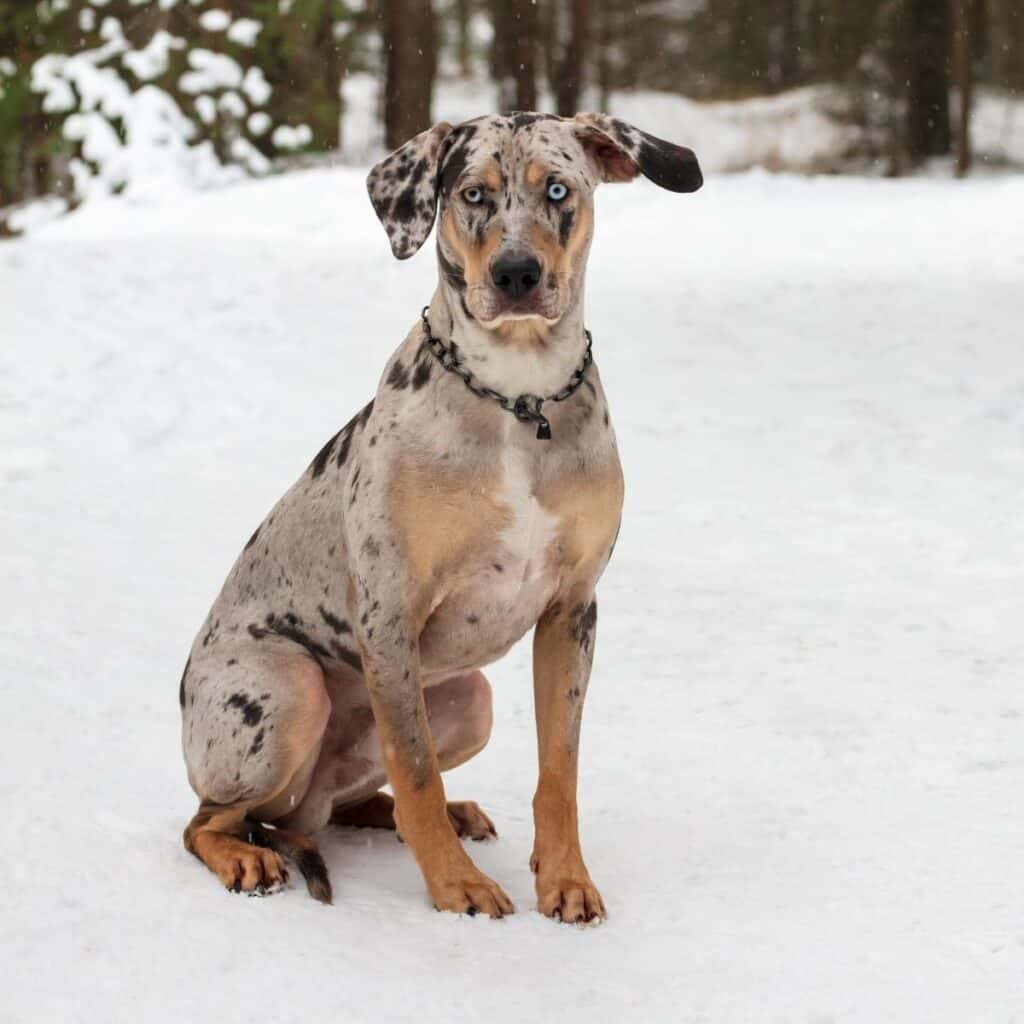
Catahoula Leopard Dog
The Catahoula Leopard dog is an athletic working dog that is always up for any challenge. The breed originated in Louisiana and is actually named for a Choctaw word meaning “sacred lake.” This breed has a stunning and unique look to them that gives them their namesake of leopard thanks to their multicolored spots and splotches.
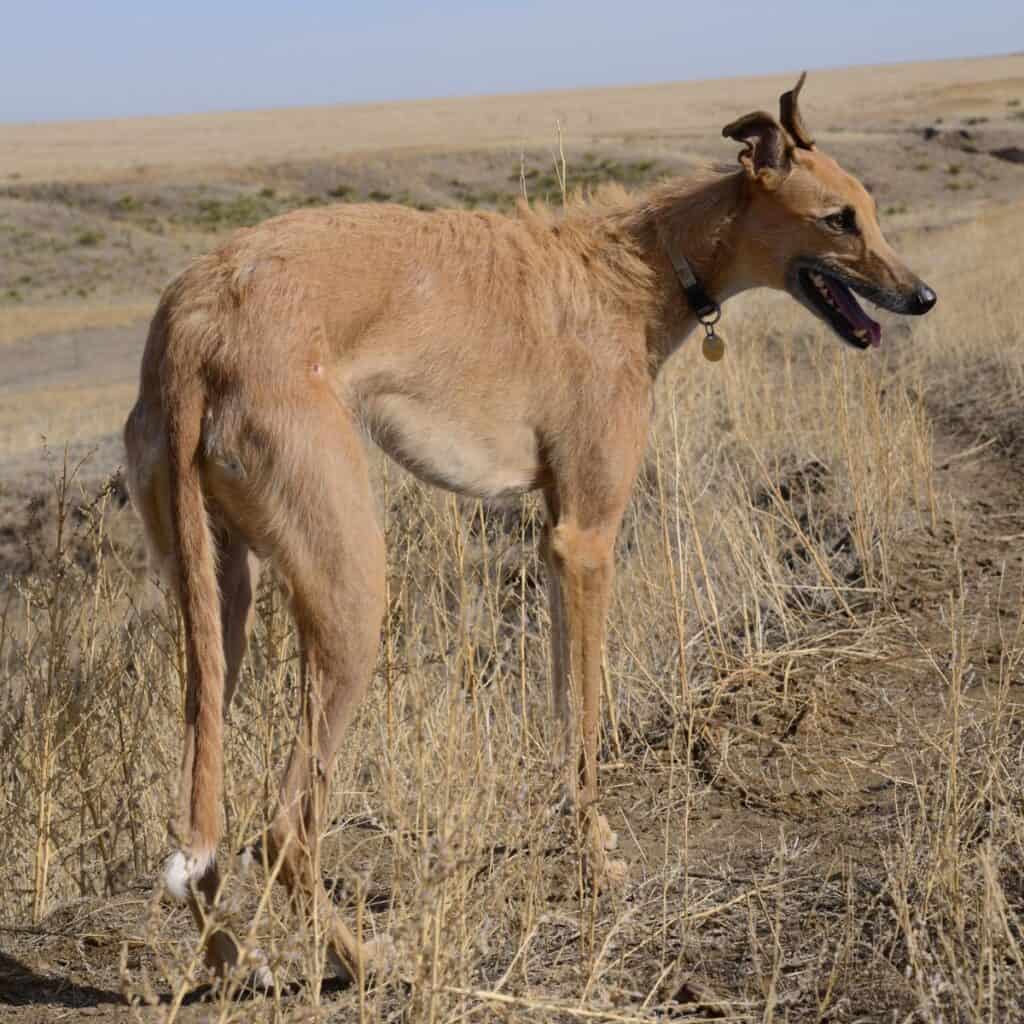
American Staghound
The American Staghound is a more recently developed breed. It was developed by crossing the Scottish Deerhound and Greyhound for their speed and endurance, as well as a few other breeds for their strength. They are known for having amazing eyesight and excellent stamina, making them perfect for chasing and luring coyotes without much risk of a coyote catching them. Their long legs make them fast and give them the power they need to chase the prey.
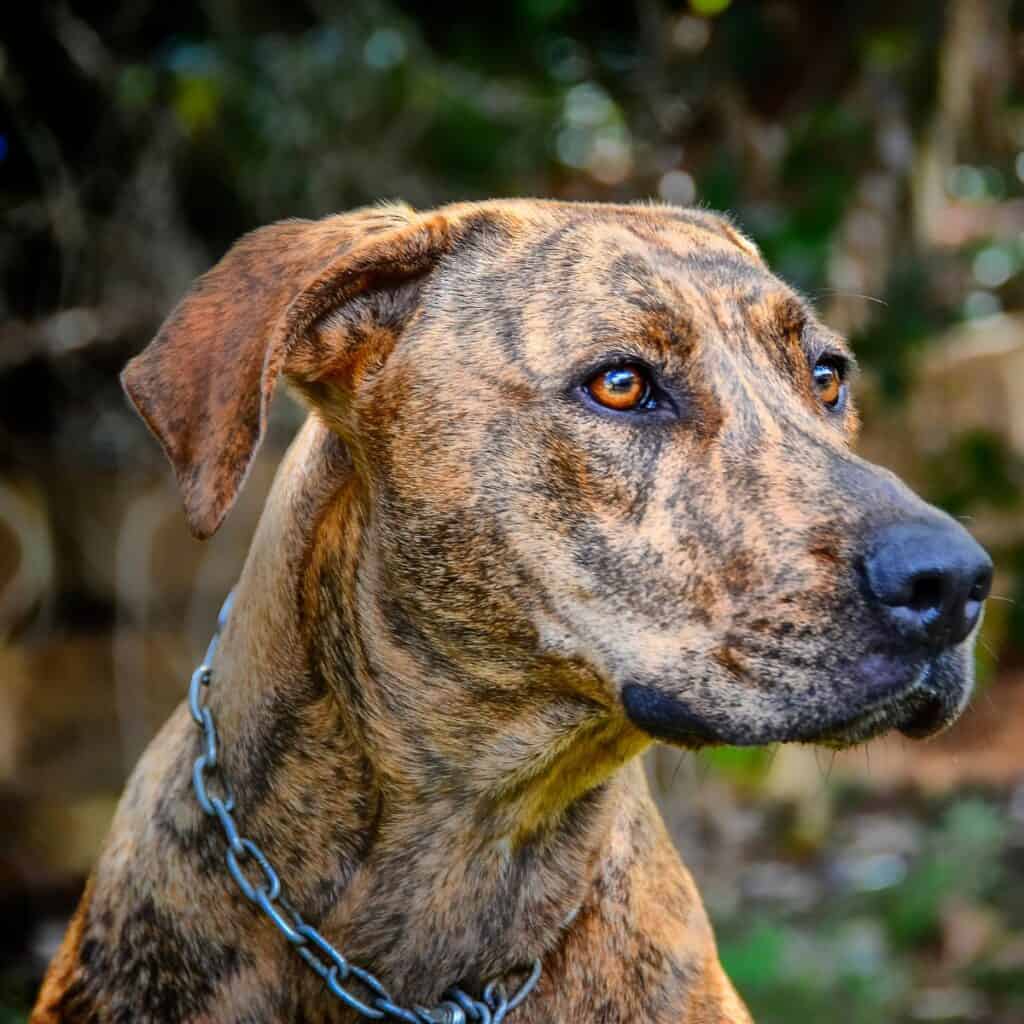
Plott Hound
The Plott Hound is a lean and muscular breed. It was originally bred in the 1700s in the United States for the purpose of boar hunting but is often used for coyote hunting today. The Plott Hound is a scenthound and can be an excellent tool for hunters tracking down coyotes. In the case of a wounded coyote, Plott Hounds are often able to quickly track down the injured animal to allow the hunter to ensure that the animal doesn’t suffer. That means they have a good nose and are best friends when their owner when it comes to hunting.
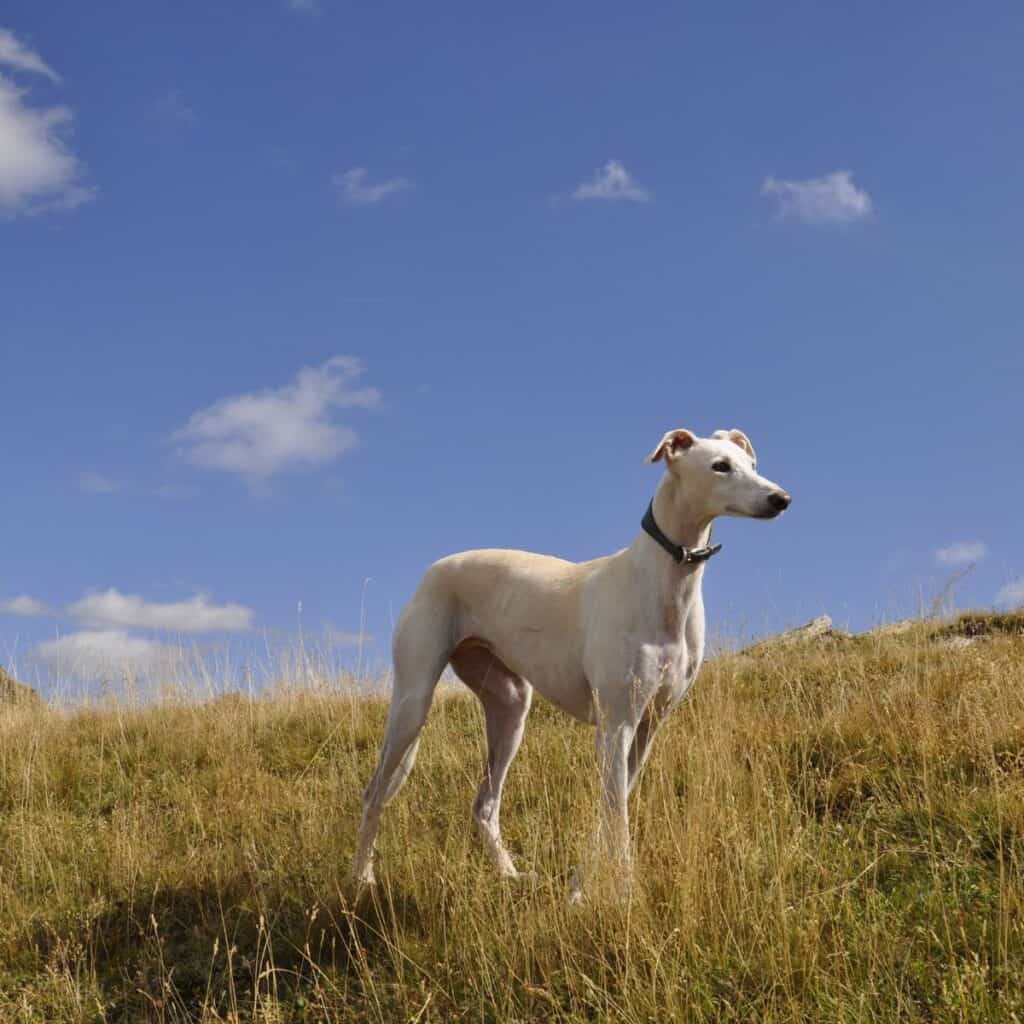
Greyhound
The Greyhound is one of the fastest dogs in the world. In fact, it can run as fast as 43 mph! This speed is just as fast or even a little bit faster than a coyote. Since the Greyhound is a sighthound, it relies on its hunting partner or owner to call (using electronic calls or howler call) the coyotes closer and into their field of vision, and then the Greyhound can run to get the attention of the coyote away from the hunter. Running is just what they were born to do!
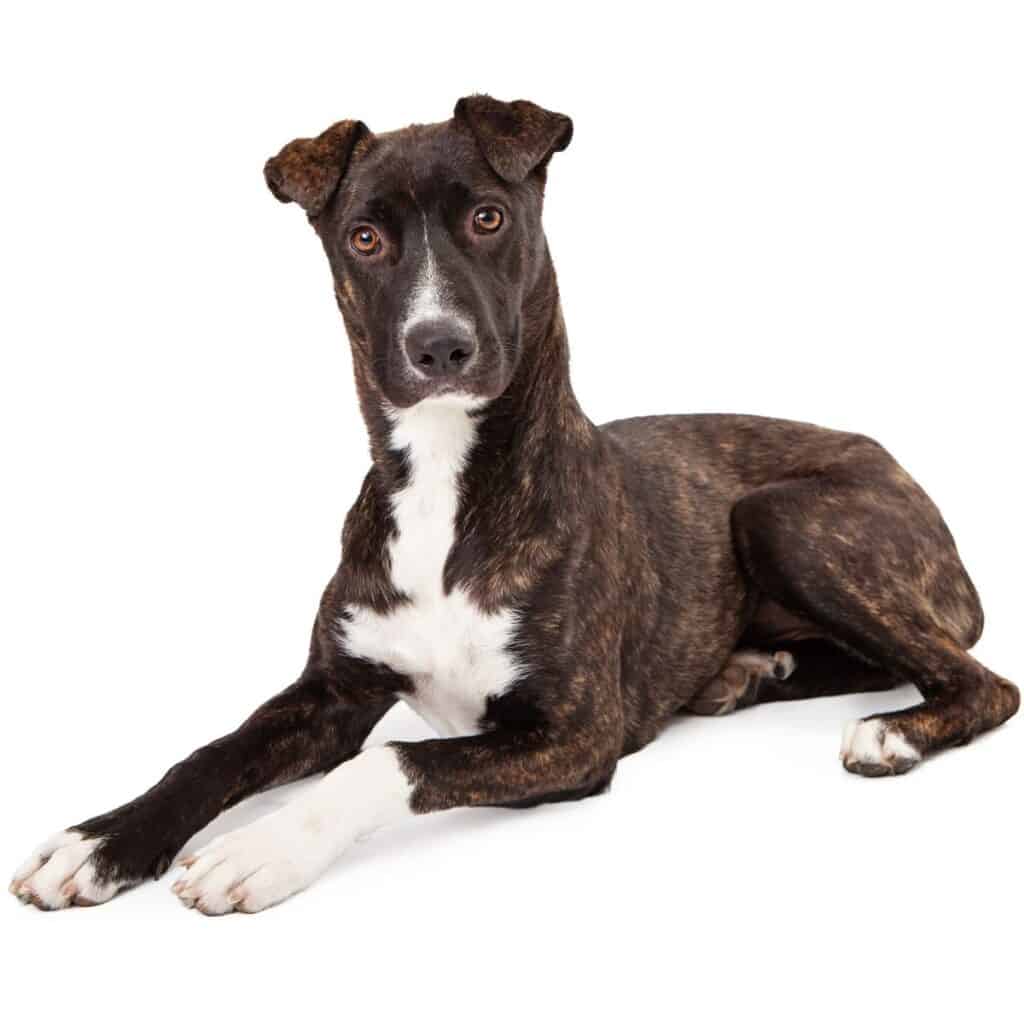
Mountain View Curs
The mountain cur is relatively new, as it was first developed in New York in 1987. It has very minimal health issues and a long lifespan. The breed is also known for being calm and having a high level of self-control. As you can imagine, this is incredibly important for coyote hunting as we don’t want the dogs putting themselves in harm’s way. A dog with a high level of self-control will know its limits.
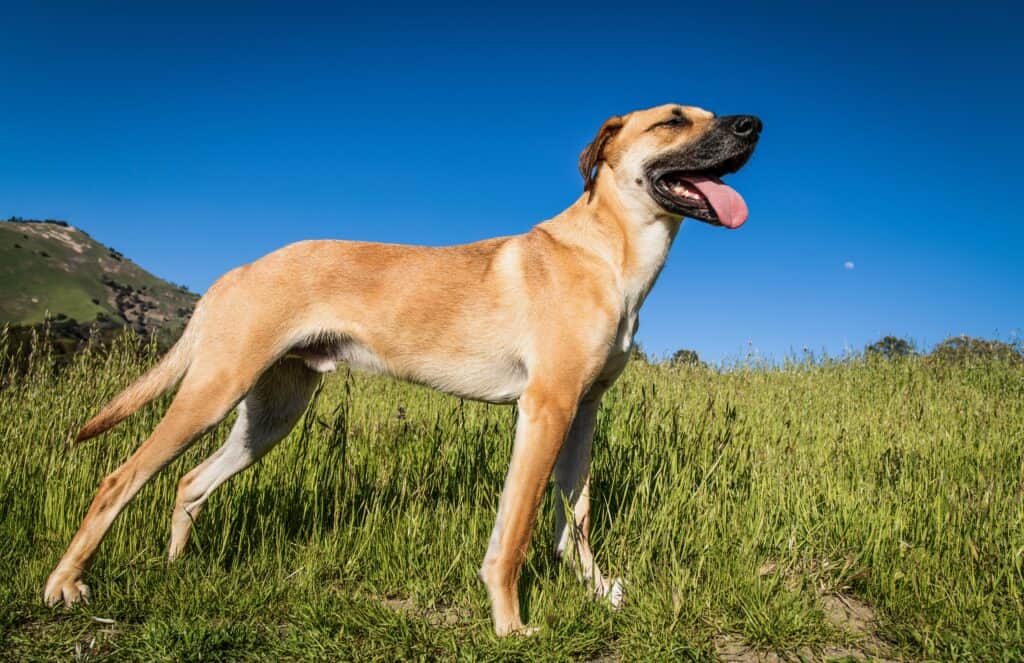
Black Mouth Cur
One of the parent breeds of the Mountain View Cur, the Black Mouth Cur, is also known for having minimal health issues, a long lifespan, and a high degree of self-control. They are easily recognizable with their distinctive black muzzle and brindle coat. You can expect a calm temperament, display immense intelligence, and have complete loyalty to their owner or trainer.
These curs are also known for being a nearly all-purpose hunting dog. They just want to work, so if you ask them to do something, they will do it! They track and tree (chase up a tree) game like squirrels and raccoons, and they’ll track wild pigs and bay (barking and holding the animal at bay) until the hunter arrives. And, of course, they’ll act as a decoy and encourage the coyote to run in a different direction!
Other Breeds of Dogs for Coyote Hunting
While the best hunting dogs usually fall into the hound category based on their genetics, here are a few others that would probably stand up well to a cat and mouse game with a coyote.
- Labrador Retrievers
- Border Collies
- Australian Shepherd
- Rhodesian Ridgeback
- German Wirehair Pointers
Do Coyotes See Dogs as Prey?
Coyotes are hunters and survivors, so they will go after any animal that looks like they can catch and kill. Coyotes are omnivores and eat other animals as well as some plant matter. Most often, they go after deer, especially fawns, but they’ll also enjoy rabbits, mice, rats, squirrels, eggs, fish, and even lizards.
Coyotes are also highly territorial wild animals. They are more likely to see dogs as a threat to their territory than as their prey. However, whichever way you slice it, coyotes are still dangerous to dogs, whether they view dogs as prey or as a threat. They are especially dangerous to unsuspecting dogs with no training. Many people who live in areas where coyotes are more prevalent will even have their smaller dogs wear a vest that is almost like body armor! These vests, sometimes called coyote vests, work great as they are impenetrable by bite and contain spikes that make it difficult for a predator to bite the dog.
Domestic dogs are usually not in harm’s way unless they are a small or young dog.
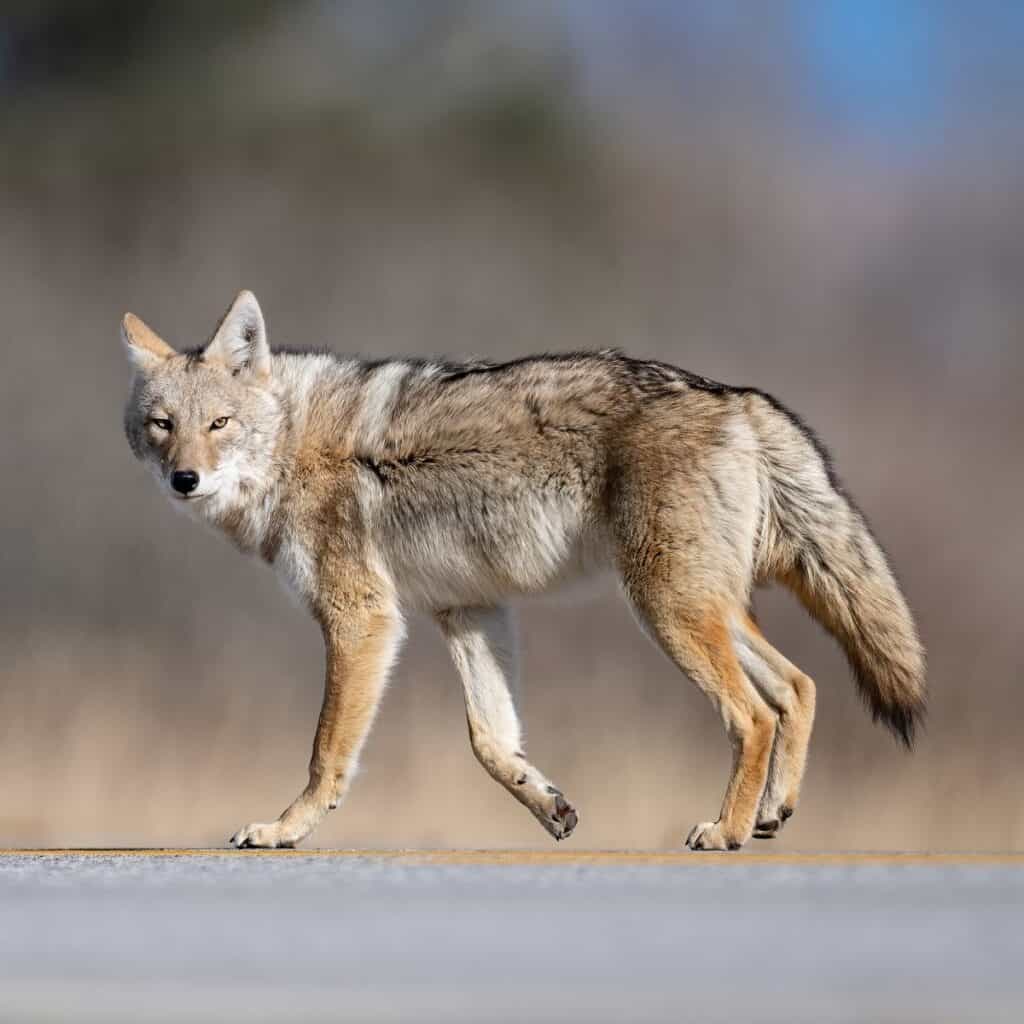
What Size Dogs are Safe From Coyotes?
Unfortunately, no dog, no matter the size, is entirely safe from coyotes. However, the smaller the dog, the more at risk it is for being seriously hurt and even killed by a coyote. Even big dogs are still at risk if a coyote is hungry enough and if it thinks that it could win a fight with that particular dog.
Older dogs are also more likely to be attacked and less likely to survive an attack. Coyotes are incredibly smart and perceptive creatures. And as they approach when they are hunting, coyotes will take notice of any perceived weakness, such as limping or slow movement, or any other sign of weakness they think they can take advantage of.
Will a Barking Dog Scare a Coyote?
Coyotes typically have a considerable fear of humans, but they don’t necessarily have a fear of dogs. In fact, a barking dog is more likely to pique a coyote’s interest and entice it to come closer to check out what all the fuss is about. This is why many hunters use decoy dogs in the first place: to invite a coyote to come closer into the hunter’s range. Some people use dogs like Great Pyrenees and Anatolian Shepherds to act as livestock guard dogs.
These dogs are known to bark, and their barking keeps many predators away from the livestock. They are often much bigger than coyotes, but if the coyote is curious enough and hungry enough, it will still approach and want to make a snack out of the guardian dog’s livestock. These breeds will then continue to bark and growl menacingly at the coyote until it realizes that it is facing a fight it can’t win.
In some cases, these dogs will have to fight to defend their livestock from the coyotes. But their bark alone usually isn’t enough to ward off coyotes entirely. Instead, the coyotes will need to see how big the dog is and that it means business before they decide if dinner is canceled or not.
Training to Be a Good Decoy Dog
So you may be wondering what it takes to get your dog to hunt coyotes. Even the best dog breeds start out with the most basic commands.
Before any field training happens, your dog needs to listen when they are called. Some choose to use a shock collar for training while others go with positive reinforcement. If you already have a coyote-hunting dog breed, there’s a good chance that this process won’t take too long. If you don’t have the time, the best choice would be to seek out professional training.
They also need to be healthy and in good shape. Let’s face it, a senior dog is not going to perform well in rugged terrain in the middle of coyote country.
You’ll also want to be sure they are not gun shy before taking them on coyote hunts.
Start hiding a few treats around the house to get them to practice using their nose.
Final Thoughts
While coyotes are a nuisance to some, they do provide an important service to their ecosystem, which is typically controlling rodent populations and even deer populations. As certain populations grow, the demand for limited resources continues to grow as well, and the risk of diseases spreading among populations increases. Coyotes help tamper such population growth. However, when coyote populations grow too big, they too can become a problem by wiping out deer populations and causing strain on farmers and ranchers by killing their livestock. All of nature is a balancing act which is why the U.S. Fish and Wildlife Service sometimes calls for hunters to help decrease the coyote population in their respective areas. At the end of the day, decoy dogs are not only faithful companions to hunters but also act as an important tool for the hunt.
